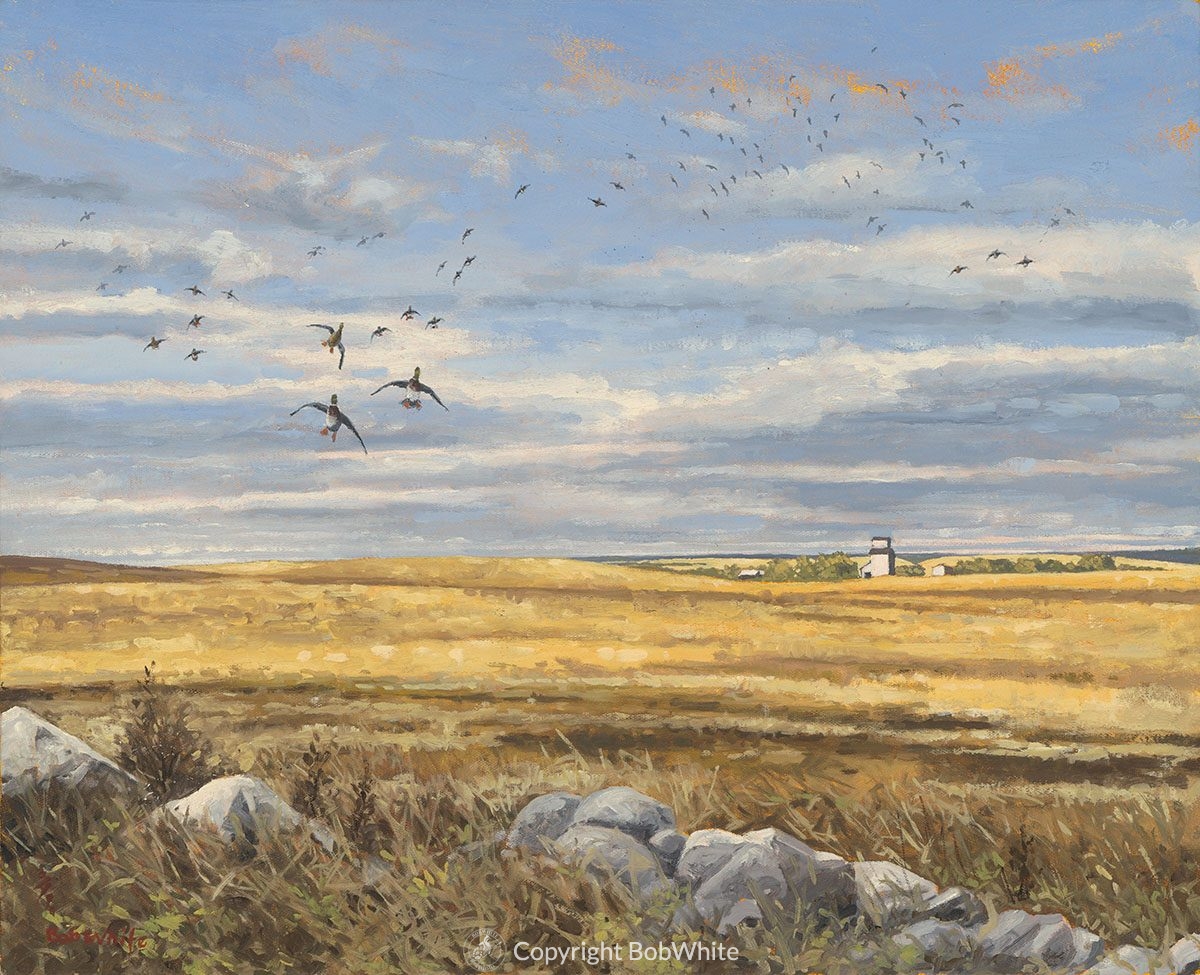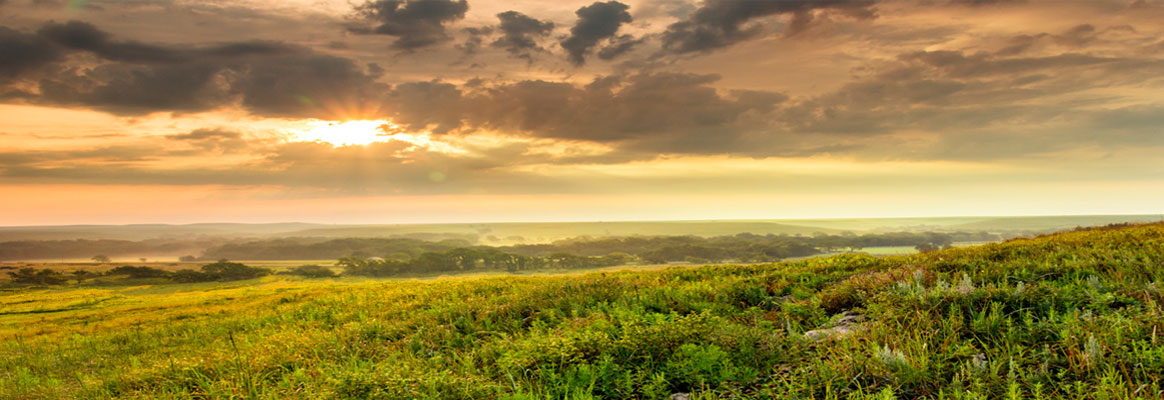

Betsy and Charlie do not exactly hit it off, and it’s love/hate at first sight. They’re hoping to meet up with a wagon train, and Charlie takes them right to one. He’s sort of an assistant wagon train guide, and a well-known ladies’ man (“Freeman” is probably no coincidence!) He finds Betsy and Willa camped out somewhere in Nebraska.

Only Real Suitor: Charlie Freeman, 18 golden-blonde hair, blue eyes. She’s a very down-to-earth, stubborn, and courageous girl. And Betsy has enough spunk to get 1,000 teenage girls across the country. Even though they are two young single women, they decide to make it to Oregon on their own. See what fun facts you learn on this blog?) Betsy and her older sister, Willa, were traveling to Oregon with their parents, who died of cholera before the book starts.

A quick Internet search shows that root beer wasn’t actually produced until 1876. (I’m thinking that’s an anachronism to make it easy on young readers. Main Character: Betsy Monroe, who turns 16 a few chapters in very tall, waist-long chestnut brown hair (despite the short-ish hair on the cover), and brown eyes compared to the color of root beer. No specific date is given, and 1846 was the latest date carved on Independence Rock. Setting: Wagon train to Oregon, 1846 or later. On the Cover: Betsy Monroe and Charlie Freeman Now all I can think is, “How did she deal with that huge dress all across the country?”įront Cover Blurb: Is sixteen too young for love under a… Wild Prairie Sky I think this was the first DoL book I bought, and I first picked it up because of that ah-MAZE-ing dress, which spills onto the back cover. Learn more about invasive species control, reservoir management, fish stocking, public use management, Wilderness management, and controlled hunts to manage wildlife populations.Wild Prairie Sky Front Cover (Credit: Joe Cellini) Their unwelcome presence can destroy ecosystems and cost millions of dollars. It drives everything we do from the purpose a refuge is established, to the recreational activities offered there, to the resource management tools we use. Selecting the right tools helps us ensure the survival of local plants and animals and helps fulfill the purpose of the refuge. The wildlife and habitats of the Wichita Mountains Wildlife Refuge are managed using prescribed fire, grazing management, invasive species invasive speciesĪn invasive species is any plant or animal that has spread or been introduced into a new area where they are, or could, cause harm to the environment, economy, or human, animal, or plant health. Fish and Wildlife Service. Wildlife conservation is at the heart of the refuge system. The National Wildlife Refuge System is a series of lands and waters owned and managed by the U.S.


 0 kommentar(er)
0 kommentar(er)
